Super Simple Wild Fruit Leathers
Fruit leathers are simple. You can throw in whatever mixture of hedgerow fruits you come home with, and no need to weigh or time anything. Just the sort of “non-recipe” I like. All you need is fruit and sugar or honey to taste to make a delicious, healthy, long-lasting treat that will cheer up any walk or forage with an intense fruit hit. This is probably why the internet is awash with fruit leather “recipes”. I had no wish to add to these, but when a family friend asked me how to make them I ended up writing the following, so why not add it here. I hope it reads as guidance to liberate from the shackles of recipes.
Here is the brief version: Cook, pulp, pass, sweeten, dry.
Wash and cook down whatever fruit you have in a large jam pan on a low heat, adding just enough water to stop it sticking. Absolutely no need to get fussy or fastidious here. Roughly chopped crab apples, pips and all, make a good easy-picking, tasty, bulky base. Sloes, haws, plums, damsons, brambles, buckthorn, elderberries, raspberries, cranberries, blaeberries, japanese knotweed are all great candidates. You can even use yew berries, but you must remove their pips before cooking – the berry pulp is the only part that isn’t toxic. It has a nice flavour, but rather mucusy texture, making it ideal for leathers. Tame fruits also work well if you must, especially apricots, peaches, strawberries and pears I’m told, though really, who would dream of paying for or going to the trouble of growing fruit when the hedgerows are bursting with tastier free varieties? Mash and mush your fruit as it cooks, making sure it doesn’t stick to the bottom of the pan.
When the fruit is thoroughly mushy with no discernibly fruit-shaped pieces left, pass through a fine sieve. This is the only bit of hard work – the back of a ladle helps. If you are using soft fruit without stones or large pips such as raspberries or strawberries, you don’t need to sieve if you are happy with seedy leathers. The resulting puree will make your leathers – add sugar or honey to taste (crab apples and sloes demand a fair bit of “balancing”). You may need to reheat the puree to ensure sugar is dissolved. You are looking for a thick, syrupy, unctuous consistency that sticks to the back of a spoon – simmer it a while if you think it may be too runny. If you are using rosehips, you may want to pass the mix through muslin to ensure none of the fine hairs get through.
If you’re feeling adventurous, now would be the time to add some other flavours…perhaps some finely chopped sweet cicely or a splash of amaretto… Go wild!
Spread the puree thinly (no more than 3mm) on baking sheets on low sided baking trays (I find sillicon “magic carpet” best). Don’t worry if you can’t get it to spread into an even layer – it will settle flat and smooth as it dries out. You can do stripes of different flavours if you are inclined. Put in a very low oven overnight – no more than 50˚C, fan on, or possibly door open a little if you think your oven may get too hot. Leave in until it is set and dried to a leathery consistency but not totally dry and brittle. Mine takes about 8 – 12 hours depending on how thick I spread it. A dehydrator works even better. It is important to remember you are just drying the mixture, not cooking it.
The leathers will keep for a month or two in the fridge closely rolled in cling film or cut up into pieces in a sealed tub – though they will tend to stick together. They usually go dry and brittle (still tasty though) rather than going off. I make up tubs of the puree during the abundance of autumn and freeze it so I can make leathers all year round. They are alway very welcome on my guided walks and a healthy “sweetie” for children – depending on how much sugar you added. I find most kids actually like a sour edge to them – if you think about it, quite a lot of sweets have sour flavours…soor plumz spring to mind!
The pulp of skin, seeds etc that is left over after sieving is still full of good stuff, so I usually return this to the pan, add more water and go through the process again for more leathers or add lots more sugar and boil properly, pass through a jelly bag and make a set jelly. This works very well if you have a good proportion of crab apples (which have a high pectin content to set the jelly). You may have to add lemon juice or pectin if you aren’t using (m)any crab apples.
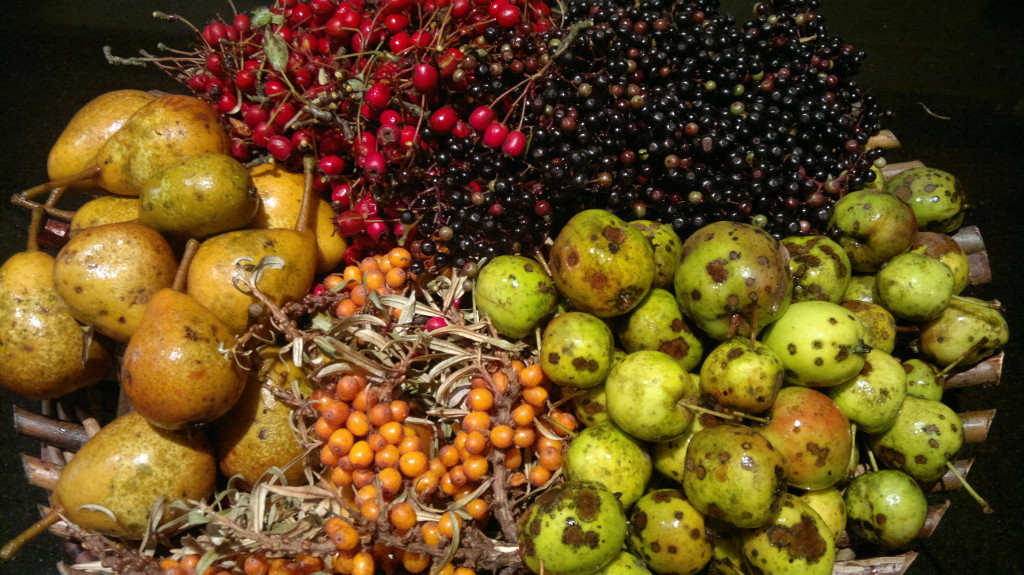

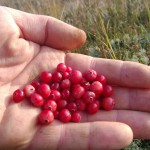
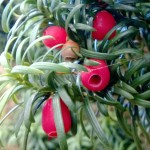
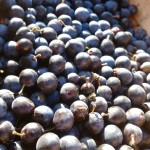
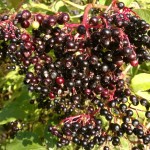
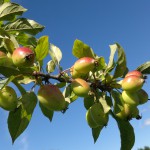
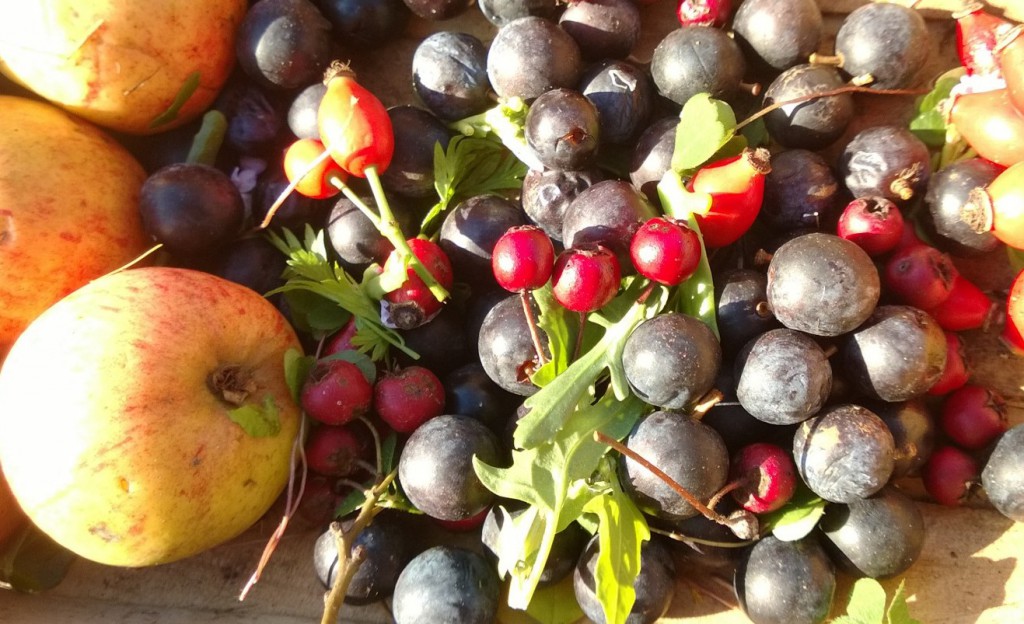
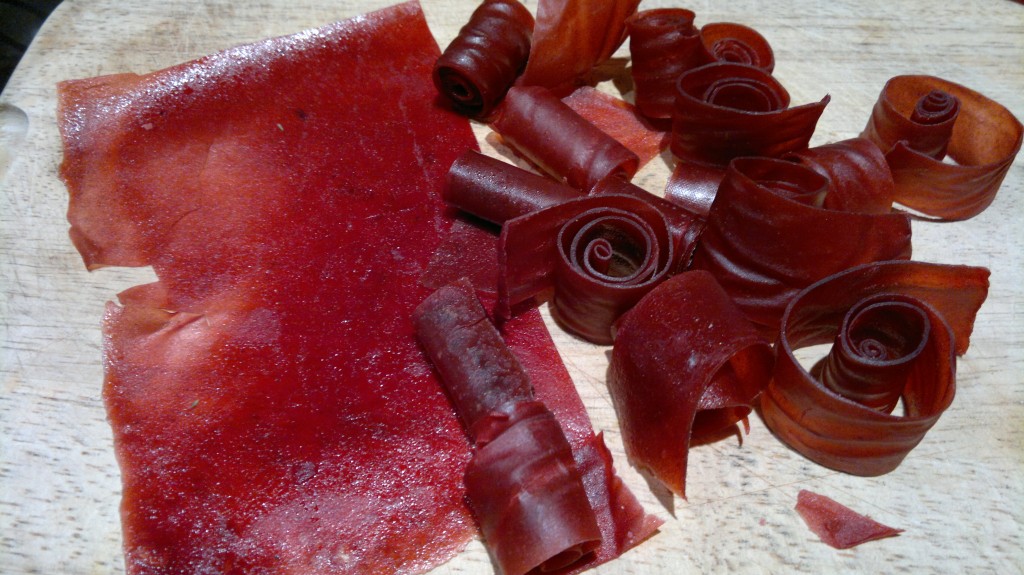
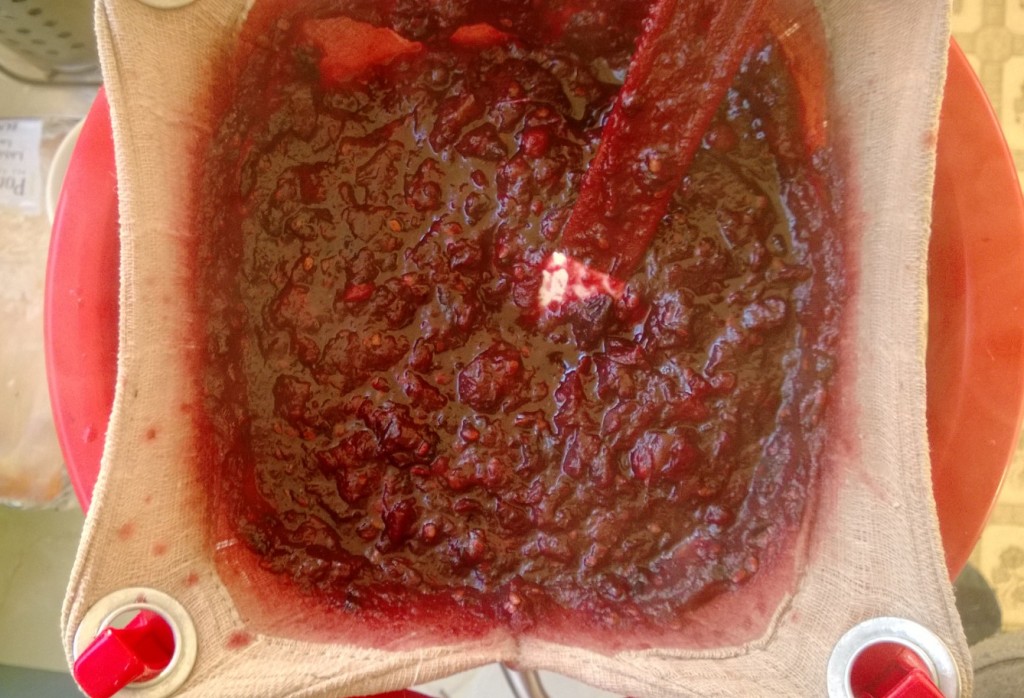
11 Comments
This is great, thanks for putting this on. I wanted to ask you at the guiding training but never got round to it. Def’ going to try this weekend.
What you shared was yummy. Will defo have a go!!
Brilliant fun collecting the ingredients! Simple recipies, the fruit leather is a hit with the kids, I’m now just jaring the jelly. Thanks for the tips 🙂
Great advice, I haven’t got round to this yet this year. I usually use the oven but am in the market for a dehydrator. £30 – £300+ though, any advice here? Is the extra money for Excalibur worth it over the cheap round ones?
Hi, are you really processing berries from a yew shrub?
Yes, I have. The berry flesh is edible and tasty, all other parts (including the berry “seed”) are toxic.
Damn I love the sourness of crab apples but grew up being told they were not suitable for eating!
You are the the bees knees.
I just made pear leather from forraged pears. I live in Reading, England and the tree is a street tree. I forage mist of my fruit in the summer and autumn.
We make an apple and nettle version and thats really yummy too. Looks like seaweed and the kids love it
Can I use the strained fruit from a jelly guaze to then make leather ( once it has been pushed through a seive ) ?
Yes, you could, but it may be a bit coarse and bitty!
Mark.